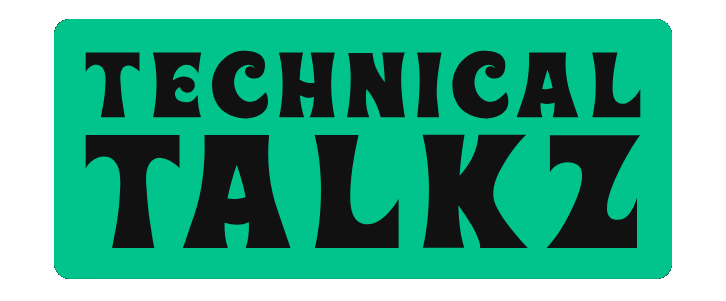If you’ve ever streamed music on Spotify, backed up photos to Google Drive, or used Microsoft Office 365 online, then congratulations—you’ve already used cloud computing. But what exactly is it, and why should students care?
In this beginner-friendly guide, we’ll break down what cloud computing is, how it works, and why it matters in your academic and personal life. Whether you’re a high school student, college freshman, or tech enthusiast, this guide will give you a clear understanding of cloud computing in 2025.
✅ What Is Cloud Computing?
At its core, cloud computing is the delivery of computing services—like storage, databases, networking, software, and more—over the internet (“the cloud”) instead of your local device.
In simpler terms, instead of saving files or running programs on your personal laptop or phone, you’re using someone else’s powerful computers (servers) that are accessible online.
✅ Why Is It Called “Cloud” Computing?
The term cloud refers to the internet symbol used in network diagrams. It’s a metaphor that represents a complex system of remote servers that work behind the scenes to store, process, and manage your data online.
✅ Examples of Cloud Computing in Daily Life
Here are some examples of how you’re already using cloud computing without realizing it:
- Google Drive / Dropbox – Cloud storage for your documents, photos, and videos
- Zoom / Microsoft Teams – Cloud-based communication tools
- Netflix / YouTube – Streaming services hosted in the cloud
- Gmail / Outlook – Email services managed by cloud servers
- Online games – Platforms like Xbox Cloud Gaming or NVIDIA GeForce NOW
✅ Types of Cloud Computing Services
There are three major types of cloud services every student should know:
- IaaS (Infrastructure as a Service):
Provides virtualized computing resources like servers and storage.
Example: Amazon Web Services (AWS), Microsoft Azure - PaaS (Platform as a Service):
Offers tools and platforms to develop, test, and deploy applications.
Example: Google App Engine - SaaS (Software as a Service):
Cloud-based software accessed via browser or app—no installation needed.
Example: Canva, Google Docs, Office 365
✅ Benefits of Cloud Computing for Students
📌 1. Access Anytime, Anywhere
Files stored in the cloud can be accessed from any device, making it easy to work on assignments from your laptop, phone, or school computer.
📌 2. Collaboration Made Easy
Tools like Google Docs or Microsoft OneDrive allow real-time collaboration on group projects.
📌 3. No Fear of Data Loss
Even if your device crashes, your files stay safe in the cloud.
📌 4. Free Storage and Tools
Most cloud platforms offer free storage (like 15GB from Google) and productivity apps for students.
📌 5. Learn Future-Ready Skills
Cloud computing is the backbone of modern IT. Understanding it gives you a head start in tech-related careers.
✅ Potential Downsides to Consider
- Internet Dependency: You need a stable connection to access cloud services.
- Privacy Concerns: Sensitive data should be stored carefully; not all platforms are equally secure.
- Limited Storage (Free Plans): You may need to pay for extra storage beyond free limits.
✅ Why Cloud Computing Skills Matter in 2025
Cloud computing is a top tech skill in demand. Fields like software engineering, cybersecurity, AI, and data science all use cloud services daily. Platforms like AWS, Azure, and Google Cloud are even taught in university courses and required in job listings.
✅ Final Thoughts
Cloud computing is everywhere—and as a student, understanding it now can help you study smarter, collaborate better, and prepare for the digital future. Whether you’re saving notes to Google Drive or working on a class project in Microsoft Teams, you’re already part of the cloud revolution.
So next time you “save to the cloud,” you’ll know exactly what’s going on behind the scenes.



